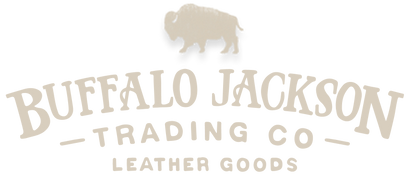Your Cart is Empty
You are €99,00 away from free shipping!
Your Cart is Empty
You are €99,00 away from free shipping!

Revised 10/28/20
Let’s talk hats. Specifically, the trucker cap vs. baseball cap situation. Is there a difference? (Yes.) What is the difference? And really, why is it called a trucker hat, anyway?
Baseball caps come in all sorts of variations, but the most classic is that of the traditional baseball player uniform. Typically constructed with six triangular(ish) sections, baseball caps have a slightly curved bill or brim in front and a fabric-covered button on top. (FYI, that button is called a “squatchee”—you can break that out at trivia night. You’re welcome.) Fabric eyelets or metal grommets are normally included in the top of the cap for ventilation. Baseball caps were originally made in standard hat sizes, and a fitted baseball cap was the only kind available until 1980. After 1980, however, adjustable baseball caps became available, featuring adjustable snap, velcro, or strap closures, as well as “stretch-fit” fabrics.
So then, what is a trucker cap? A trucker cap (or trucker hat, if you prefer) is technically a type of baseball cap. Its design includes a brim or bill, but also a foam front section that stands up tall and straight (making it taller than most other hats or caps). The rest of the hat is constructed of plastic mesh with a snap closure in the back for one-size-fits-all adaptability. (So to answer another common question: yes, a trucker cap is a snapback, but not all snapbacks are trucker caps.) Designed with breathability and one-size-fits-all adaptability in mind, the signature features of the trucker cap are the breathable mesh and the snapback closure. With that in mind, today’s trucker hats sometimes omit the foam front; but if they have that classic mesh with the snapback, we say they still count.
The baseball cap, a sports uniform staple since the mid-1850s, was actually not socially acceptable for non-sport wear until the late 1970s. Back in the 50s (the 1850s, that is) the very first baseball caps were made of straw and worn by the New York Knickerbockers. Thankfully (for them and the rest of us), they moved from straw to fine wool within a few years. The explosion of televised sports in the late 1970s and early 80s largely contributed to the acceptability of the baseball cap for the common wearer—as did Tom Selleck sporting his Tigers cap in Magnum P.I. (There’s another one for trivia night. You taking notes?) The design details have varied throughout the decades, but the key elements remain the same: a bill to block the sun and a place to put a team logo.
The trucker cap originated in the early 1980s as a promotional giveaway item from feed stores and farming supply companies. Less expensive to make than baseball caps, and adjustable enough to fit almost anyone, the high front foam panel above the brim was the perfect place for companies like John Deere (and later, Budweiser, Mountain Dew, and others) to place their logo. The companies would give the breathable mesh hats away to truck drivers, farmers, and other rural workers. While sometimes called a “gimme cap” or a “feed cap,” the name “trucker hat” stuck.
If you’re debating trucker cap vs. baseball cap, it’s just a matter of preference. A baseball cap may fit just right. A mesh trucker hat may keep you cooler. Both are American classics with styles and histories of their own—just like the guys wearing them.
Orders shipped to Canada may be subject to import duties, tariffs, and taxes charged by Canadian customs. These fees are not included in our prices or shipping costs. You will be responsible for any additional charges upon delivery. Please review local customs regulations before placing your order.

